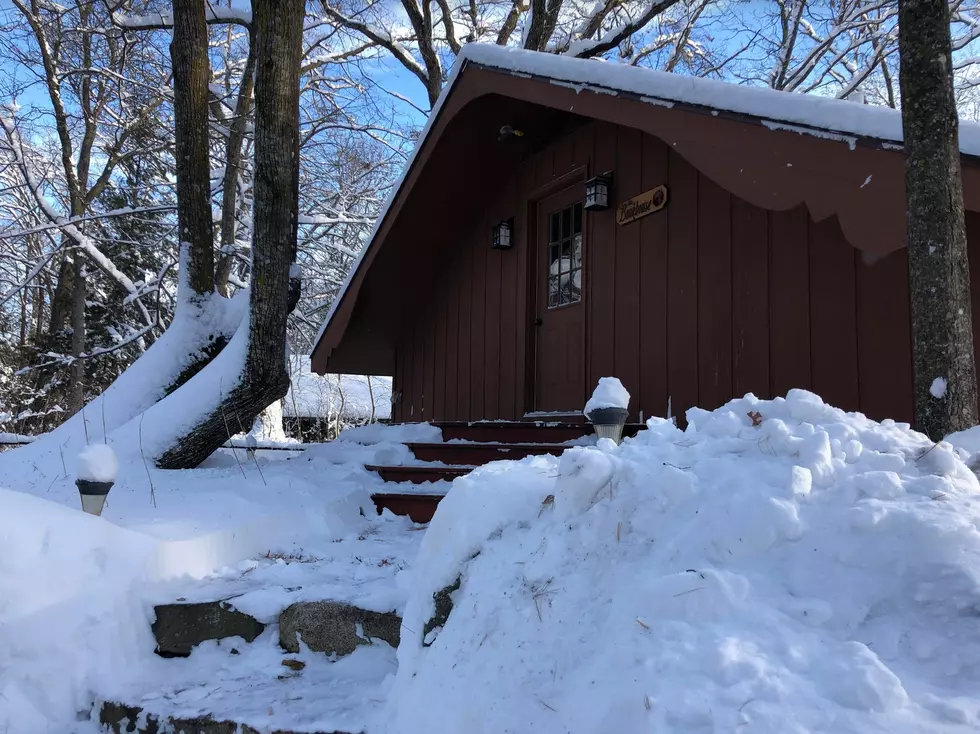
Numb & Number: Is the Northland Experiencing Fewer Subzero Nights?
The symptoms of a warming world are more visible and visceral during the warm season: more flooding events, higher humidity, faster-spreading drought and bigger, longer-lasting wildfires. The naturally-occurring extremes we've always experienced are trending even more extreme in a weather-on-steroids world.
In spite of 5 degrees F. of warming at Duluth since 1970, winters in the Northland have not been canceled. In fact, 7% more water vapor in the air may translate into snowier winters for the next few decades, according to climate scientists. But southern Minnesota (including the Twin Cities) has experienced four times more midwinter rain and ice events since 2000, according to Minnesota meteorologist and climatologist Dr. Mark Seeley.
The midwinter icing signal has yet to reach Duluth-Superior and the Northland, which should be in much better shape, long term, than much of the nation. We will still see numbing outbreaks in a warming world. If Canada ever runs out of cold fronts the planet will have much bigger problems. But we are not seeing the week after week, month after month of battery-draining subzero weather our parents and grandparents complained about 40-50 years ago.
In spite of the ups and downs of normal weather variability, are we seeing a warming signal when it comes to nights below 0F every winter? The average number of subzero nights is now 36. Disclaimer: there is nothing average about the weather and climate - it never moves in a straight line. Some winters are colder than others - and that will never change. The graphic above shows the monthly number of subzero nights during the latest 30-year average for Duluth, since the Winter of 1992-93.

Here is another way of looking at the data and the trends. In spite of wild swings, there has been a slight decrease in the number of subzero nights since the 1970s, 1980s, and early 90s, when the mean was closer to 46-48 subzero nights every winter. 36 is no bargain, but if you hate the bitter cold you can make an argument that the numbers are moving in the right direction.
In a warming world, you would expect to see more record highs than record lows, and that is, in fact, what the data are showing for Duluth and the Northland. The cold peaked in the 1970s - since then temperatures have been slowly moderating, with far more record highs than record lows at Duluth since 2000.
Will these trends continue? Climate scientists say yes until we bend the curve of climate-warming emissions from greenhouse gases like carbon dioxide and methane. But if a friend or family member complains about an incessant and numbing cold, tell them that it's not as cold as it was 50 years ago. Forward this link!
Northland winters are not for the faint of heart, and that won't change anytime soon. But some of the sting has worn off in recent decades. Then again, can you feel any colder than numb?
